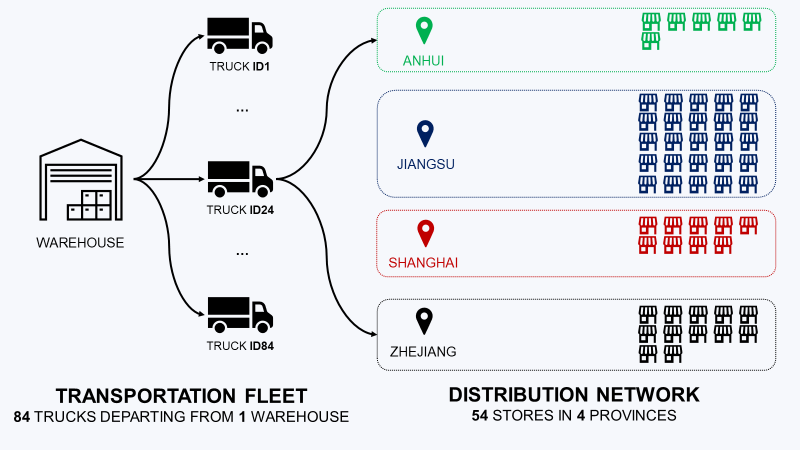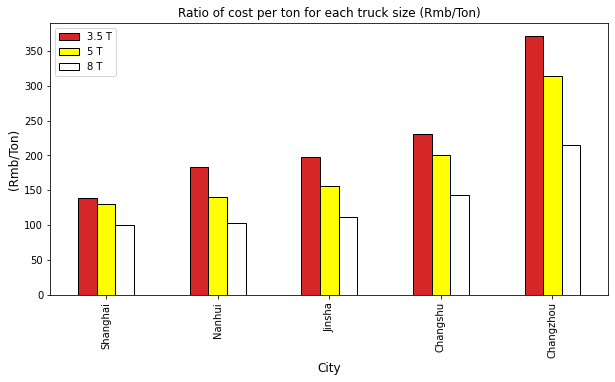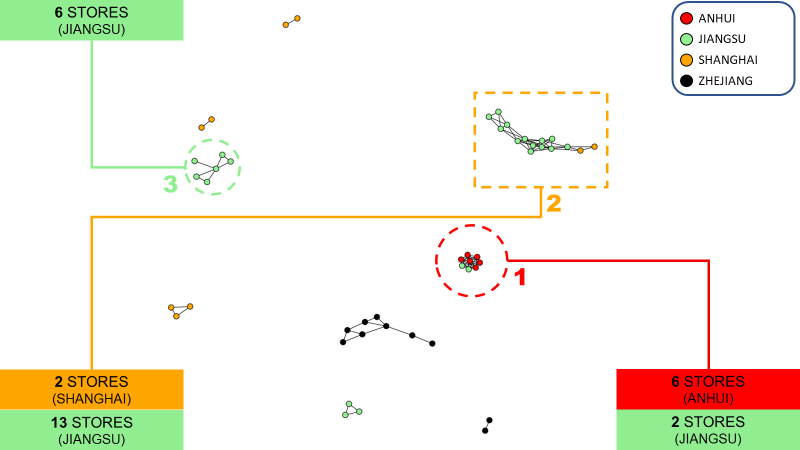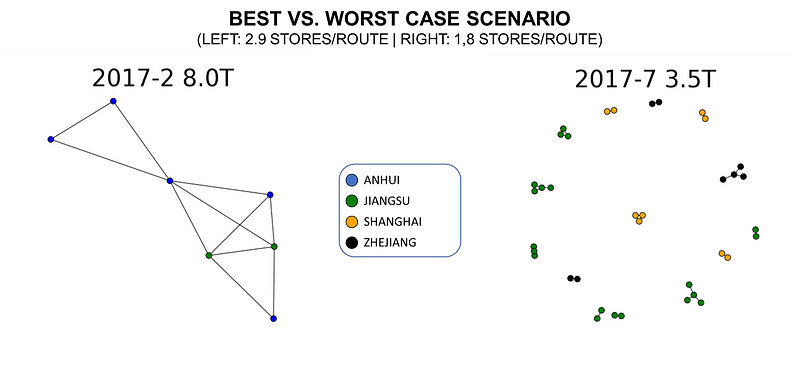Use the graph theory to optimize the road transportation network of a retail company
Build graphical representations of a road transportation network to support network optimization studies.
For a retailer, road transportation between the distribution centre and stores represents a major part of the logistics costs. Companies often conduct route planning optimization studies to reduce these costs and improve the efficiency of their network.
It requires collaboration between continuous improvement engineers and the transportation teams that manage operations daily.
60+ case studies with source code, dummy data and mathematical concepts here 👉 Analytics Cheat Sheet
In this Article, we will use Graph Theory to design visual representations of a transportation network to support this collaboration and facilitate solution design.
Click on the image below to access a full tutorial video to understand the concept behind this solution
As a continuous improvement engineer of a retail company, you are in charge of reengineering warehousing and transportation operations. In your scope, you have a major distribution centre located in Shanghai (China) that delivers 54 hypermarkets.
Your objective is to reduce the total cost of transportation.
The objective is to design a new transportation plan to increase the average size of trucks by delivering more stores per route.
A graph is a structure that contains nodes (stores), and each related pair of nodes is called an edge.
With these graphs, you can challenge the current routing and discuss optimization levers with the transportation teams.
This repository code you will find all the code used to explain the concepts presented in the article.
Senior Supply Chain and Data Science consultant with international experience working on Logistics and Transportation operations.
For consulting or advising on analytics and sustainable supply chain transformation, feel free to contact me via Logigreen Consulting. \
Please have a look at my personal blog: Personal Website





